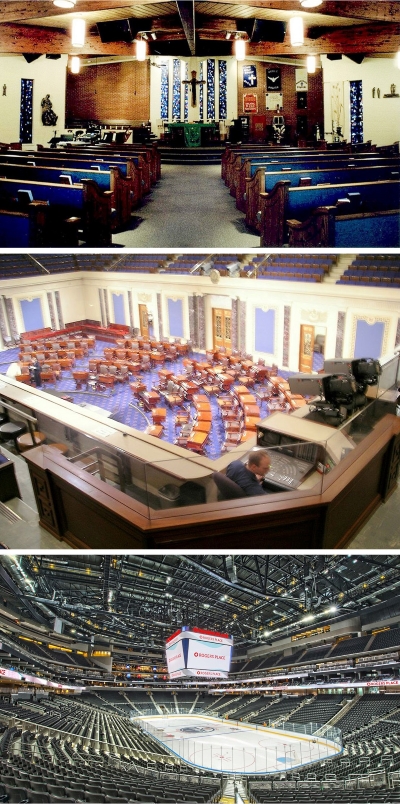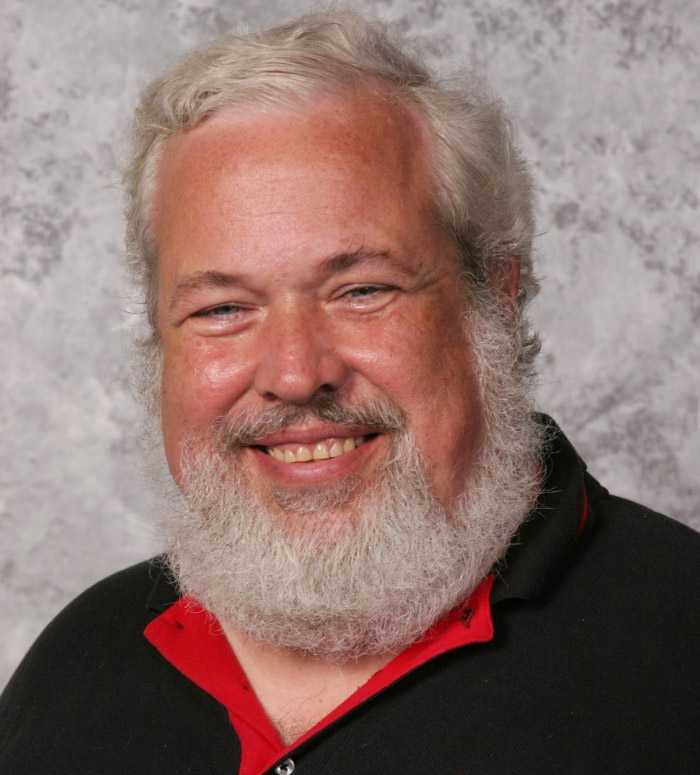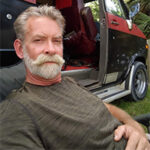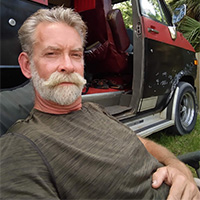Editor’s Note: We were very sad to learn of the recent passing of Ray Rayburn, known over several decades throughout professional audio for his keen intellect and expertise, which he was always so willing to share with anyone who asked. The following interview, originally published on PSW in June 2018, helps covey his spirit and generosity, as well as his fascinating, multifaceted professional career.
With a heart for worship and family, Ray Rayburn also carries an innate understanding of all things audio. Suffice to say that he’s covered a lot of ground and attained a rare level of success at many facets of the audio business over four-plus decades (and counting).
Along with many years of working with churches in various capacities, he’s also recorded artists ranging from the Chicago Symphony to Frank Zappa for RCA Records, provided audio engineering for TV specials for HBO and Showtime, designed systems for Saturday Night Live and the United States Senate Chambers in Washington, D.C., helped develop, deploy and champion cutting-edge technologies that are at the forefront of modern audio systems, and much more.
Topping it off are numerous honors and awards, including the prestigious Audio Engineering Society (AES) Fellowship Award in recognition of his contributions to the art and science of sound system design, digital signal processing and routing, and electromagnetic compatibility. He’s also served on several AES Standards committees, was the chairman of the AES Technical Committee on signal processing, and is one of the developers of the ANSI/InfoComm Standard on audio coverage uniformity.

What a journey it’s been, and Ray shows no signs of slowing down, currently active in several endeavors, among them, devoting significant time and energy to educating churches worldwide on how to improve their sound and acoustics through Curt Taipale’s Church Soundcheck email discussion group.
He also continues to serve as the principal of Sound First, an audio and electro-acoustics consulting firm he founded that’s based in Colorado. I recently caught up with Ray to discuss some of the highlights of his remarkable journey, as well as to solicit advice he has for folks working with church sound.
Erik Matlock: Going over your background, it reads like there had to be more than one of you. Something in your profile that jumped out: you worked on the live recording for Frank Zappa’s 1977 Halloween show, with [noted record producer] Phil Ramone. How did you make the transition from that into the church world?
Ray Rayburn: I worked on many different types of remote recordings during my years with RCA, but the Halloween show was one of the more “interesting.” There wasn’t really a transition into the church. I was always in the church world. Both of my parents were church organists in New York City, so I went to one church or the other.
My parents also taught music from our home (piano, organ, voice, musical composition), so I absorbed a lot about music just from living in that house. I was very interested in electronics as a kid, and together with the music background, it lead me into audio, and I started to run sound for churches while in high school and college.
EM: Where did you go from there?
RR: After completing college, I joined the Christian Broadcasting Network (CBN), building the organization’s Ithaca, NY radio studios and engineering “The Scott Ross Show.” CBN was short of funds and almost went bankrupt, so as I recall I only got paid for three months, but I stayed on engineering the Ross show for another 10 months. In that time span it won Billboard magazine’s award for the best syndicated religious radio program, and then a year later (when the religious category was eliminated) won best-syndicated radio program.
Returning to New York City, I went to work for Telectro, which [mostly] made tape recorders for the military. I was unhappy with the lack of interest in quality and wanted to break into the recording studio business, but couldn’t find a job despite the fact that there were hundreds of studios in the city.
So eventually I went to db Studios, which at the time was the largest recording studio complex in Chicago. On the side, I helped Resurrection Band (later known as Rez Band) with sound and became friends with the folks at Jesus People USA (JPUSA).
EM: I know some of the good folks with JPUSA. How involved were you with the organization?
RR: We arrived at almost the same time as JPUSA, and they were staying in the basement of a church. Shortly thereafter, a family that owned a printing business joined the organization, which in turn lead to JPUSA starting Cornerstone magazine. Meanwhile, Rez Band recorded its first album in the basement studio of a friend – it was folk music, if you can believe it. By the way, Stu [Heiss, guitarist for Rez Band] gave me a bass guitar that my son Chris now has.
EM: How did you go from there to working with Phil Ramone and [Saturday Night Live creator/producer] Lorne Michaels?
RR: Moving back to New York, I was hired by A&R Recording, the studio founded by Phil. The chief engineer, Irv Joel, became one of my mentors. Then I moved to RCA and did a lot of remote recording (including Zappa).
During a layoff at RCA, I started Rayburn Electronics, which built and repaired recording studios, and then returned to RCA and later, Electric Lady Studios. While there, Lorne asked Phil for a recommendation on designing a new studio, and Phil recommended me. That lead to working with Lorne’s company, Broadway Video.
EM: Were you involved with anything related to SNL?
RR: I designed the show’s first music control room when it went to a stereo format. After several years, I decided to take a position with Joiner Rose (later known as Sound Visions Consulting), an audio and electro-acoustics consulting firm in Texas. My first project was a church sound system, and probably the “most famous” job was the world’s first all-digital sound system for the Senate Chamber in the U.S. Capital building in D.C.
Eventually, I accepted an opportunity to work with Peak Audio in Colorado, where we had developed the digital processor at the heart of the Senate system. That technology was then licensed to Peavey in the early 1990s, who called it Media Matrix. Peak also developed CobraNet, the first platform for sending live, professional-grade audio signal over Ethernet.




















